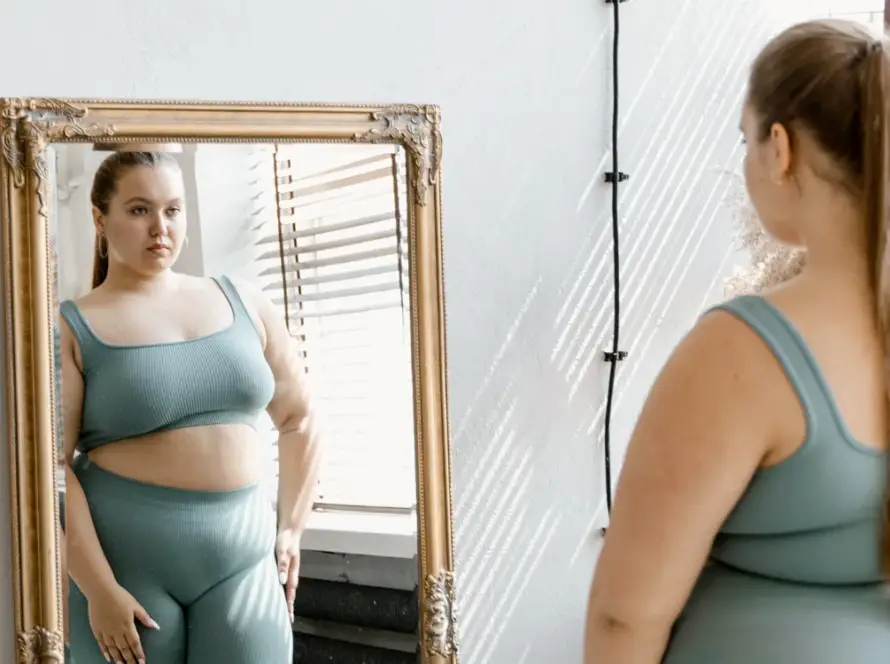Redefining Beauty, One Nose at a Time
In a world where self-confidence and aesthetics go hand in hand, rhinoplasty surgery stands out as a transformative procedure that has the power to reshape not only noses but also lives. This surgical endeavor delves into the intricate balance between science and art, sculpting noses to align with individual ideals. If you’re curious about this procedure, read on to discover the who, what, and when of rhinoplasty.
Who Can Participate in Rhinoplasty Surgery?
Rhinoplasty, commonly referred to as a “nose job,” is an option for individuals who wish to enhance the appearance of their nose, correct structural abnormalities, or address breathing difficulties. Both men and women can participate, provided they are in good overall health and have realistic expectations about the outcome. Consulting with a qualified plastic surgeon is the first step toward understanding if this procedure is the right fit.
Duration of the Operation and Procedures
The duration of rhinoplasty surgery varies depending on the complexity of the case. On average, the procedure takes around 2 to 3 hours. There are two primary approaches: open and closed rhinoplasty. In open rhinoplasty, a small external incision is made, allowing for greater access to the nasal structure. Closed rhinoplasty involves incisions within the nasal passages, which results in minimal visible scarring. The surgeon skillfully reshapes the bone and cartilage to achieve the desired outcome.
Examination and Tests
Before undergoing rhinoplasty, a thorough examination is essential. The surgeon evaluates the nasal structure, skin quality, and overall facial harmony. Medical tests, such as blood work and a nasal passage assessment, may be conducted to ensure the patient’s safety during surgery.
Recovery and Recommendations
The recovery period following rhinoplasty is crucial for achieving optimal results. Swelling and bruising are common during the initial days, gradually subsiding over the following weeks. Patients are advised to rest with their heads elevated, refrain from strenuous activities, and avoid wearing glasses that rest on the nose. Nasal splints or packing may be used temporarily to support the healing process. Full recovery typically takes several months, during which the final results become more apparent.
Choosing the Best Season
While rhinoplasty can be performed year-round, some seasons offer unique advantages. Winter and spring are often preferred as they allow for bulkier clothing that can help conceal initial post-operative swelling. Additionally, cooler weather reduces the risk of sun exposure, which can impact healing. However, the best season for surgery ultimately depends on individual preferences and commitments.
Rhinoplasty is more than just altering the physical appearance; it’s about embracing self-expression and newfound confidence. As individuals embark on this journey, they have the opportunity to redefine their outer image, aligning it with their inner aspirations.
“Reshaping the nose is more than a surgical procedure; it’s a journey towards self-expression and confidence.”
In conclusion, rhinoplasty surgery is a fusion of artistry and science, transforming noses and, by extension, lives. With careful consideration, the right timing, and a skilled surgeon, individuals can embark on a path toward enhanced self-esteem and renewed beauty. Remember, the decision to undergo any surgical procedure should always be made after thorough research and consultation with qualified medical professionals.



